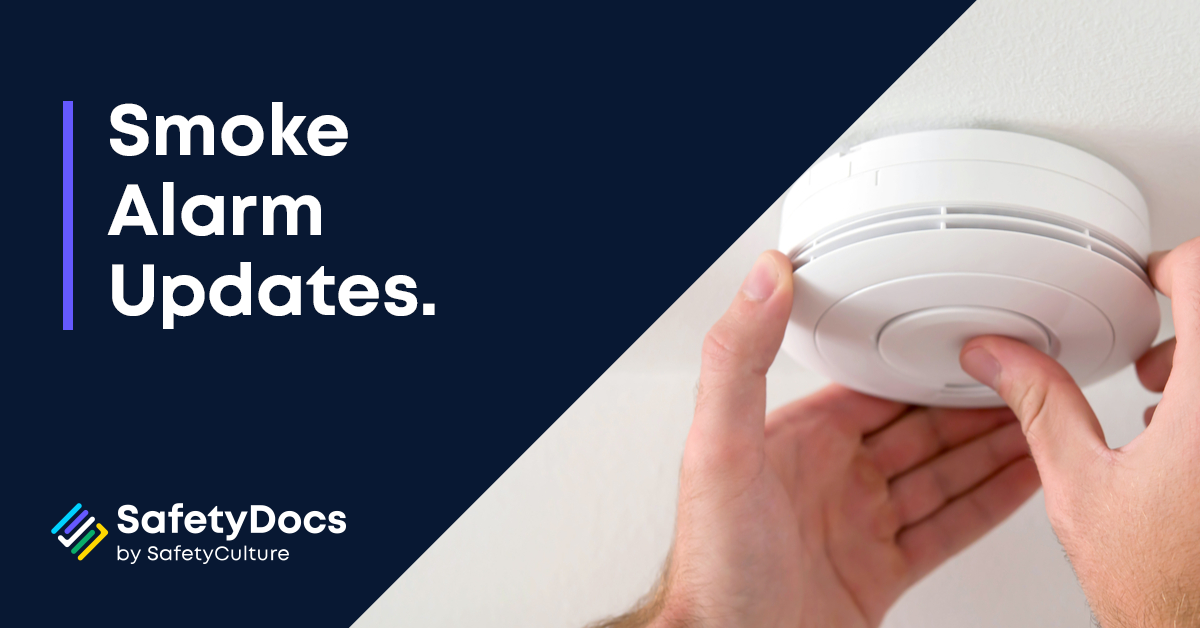Dec 3rd 2021 |
New QLD smoke alarm laws coming January 2022

From
1 January 2022, QLD property owners/managers must install interconnected smoke alarms in residential rental properties.
With a requirement to now fit interconnected alarms in every bedroom and hallways, when one alarm goes off, they will all go off, warning residents to evacuate. Even those who are sleeping at the far end of the house!
The new regulations state that:
Smoke alarms in dwellings must:
- be photoelectric (AS 3786-2014); and
- not also contain an ionisation sensor; and
- be less than 10 years old; and
- operate when tested; and
- be interconnected with every other smoke alarm in the dwelling, so all activate together; and
- be either hardwired or powered by a non-removable 10-year battery.
Smoke alarms must be installed on each storey:
- in each bedroom; and
- in hallways which connect bedrooms and the rest of the dwelling; or
- if there is no hallway, between the bedrooms and other parts of the storey; and
- if there are no bedrooms on a storey, at least one smoke alarm must be installed in the most likely path of travel to exit the dwelling.
In addition to the above regulations, property managers/owners must continue to:
- test and clean smoke alarms and replace any flat or nearly flat batteries within 30 days before the start of a tenancy
- not remove a smoke alarm or a battery (other than to replace it) or do anything to reduce the effectiveness of the alarm, e.g. paint it.
Tenants must:
- test and clean (by vacuuming or dusting) smoke alarms at least once every 12 months
- replace any flat or nearly flat batteries
- advise the property owner/manager if there is an issue with the alarm (apart from batteries)
- allow the property owner/manager right of entry to install smoke alarms
- not remove a smoke alarm or the battery (other than to replace it), or do anything to reduce the effectiveness of the alarm, e.g. paint or cover it
Information sourced from Qld Government Residential Tenancies Authority

Our team has put together an easy-to-follow Safe Work method Statement on how to install smoke alarms safely. It’s called “Smoke Alarm Testing - Installation Safe Work Method Statement”, and it covers:
- Working at Height on Ladders
- Working in Ceiling Spaces & Utility Areas
- Running Cables/Setting-up Equipment
- Mounting & Installing Components into Position
- Test & Commission
- Servicing/Maintenance/Testing
This document will help ensure that your tenants are safe at all times while living in their homes!
Buy your SWMS here
https://safetydocs.safetyculture.com/swms/smoke-alarm-testing-installation-swms-10433
Share This Article